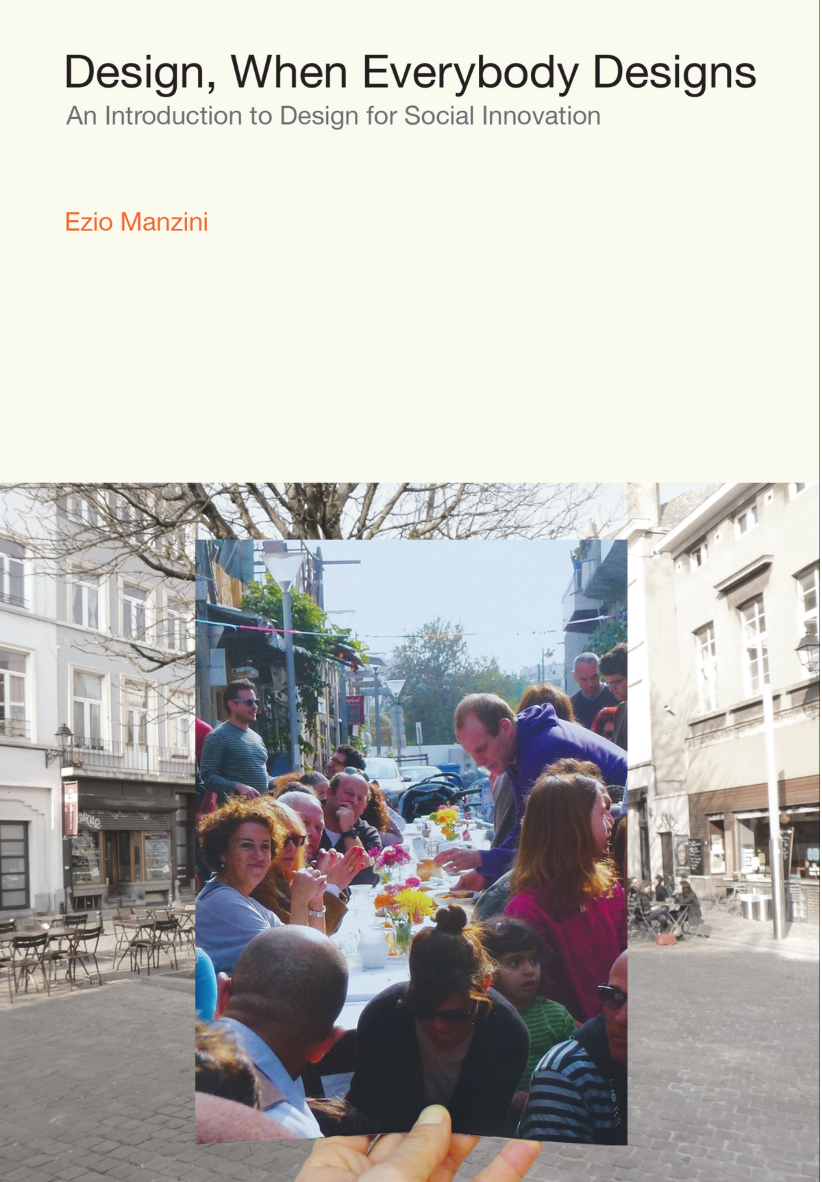Week 3: Resistance + Resilience
Suddenly, everything I do is connected in some way to our fashion consumption habits. It was a busy week at work – very little time to think about purchasing fashion – but lots of time to think about the way things currently work in the industry. I was scheduled to run a weeklong master class for MA textile students at Cheslea, with a project called Elastic Learning Tools, part of Professor Ezio Manzini’s new project at UAL, Cultures of Resilience (CoR). I will tell you all about the MA master class in a later blog post, but for now I want to tell you about Ezio…
Anyone who has been interested in sustainable design over the last 20 years will know Ezio’s work. It’s a huge privilege to have him at UAL for two years. He basically proposes that design should be viewed inside out – that we are here as designers to make social progress, rather than ‘stuff’; that designers of the future should use their skills to enable others to make change for themselves and to be more resilient. (His new book, Design, When Everybody Designs, is out in March). At UAL he has the rather grueling task of running a cross college, cross discipline project, cajoling busy professors and readers to find the time to engage in his project. If I know my colleagues – and I think after 20 years here I do – he has a tough time even getting his emails answered let alone getting everyone together to make the project happen. But this week a few of us met on Tuesday at Chelsea to consider the idea of Resistance + Resilience, and to see a range of researchers present their own particular ideas around the theme.
I hate giving a talk after David Cross, and this time was no exception; he kicked off the event with a brilliantly insightful 8-minute diatribe about the total misuse of the term sustainability. Sometime later, with the clock ticking, I presented the work from the Mistra Project, and argued that although we knew a great deal about how to make a company design and produce products that would be less impactful to the environment - improved by up to 41%, in our most recent studies at TED - the large companies cannot implement the changes in their supply chain to carry out these improvements. The idea of resistance for me was about us as designers and consumers finding the smaller niche brands to support that would be able to bring about change more quickly.
The work we made in the Textile Toolbox exhibition last year begins to signal ideas for how consumers can make fashion for themselves; for entrepreneurial fashion libraries to offer stylish loan items; for communities of micro businesses to link up to tackle waste and create new products for high end furnishing companies; and for fast fashion to be recyclable, being made from paper-like fabrics. New models for how we create, buy, use and dispose of fashion can flourish in the entrepreneurial sector and enable us to more quickly steer our consumption habits away from the sluggish big brands who are so obliged to the shareholders…
That same day I had been invited to take part in a BBC1 roundtable discussion with Hugh Fearnley-Whittingstall, to explore the idea of waste (a new three-parter coming soon); looking specifically in the UK’s fashion sector, asking where the greatest impacts are coming from and what the biggest challenges will be as we look ahead. As I was already double booked at Chelsea I couldn’t make it along in the end, but I heard from my good colleagues Roxy at The Right Project, and Lynn at Zero Waste Scotland that the Beeb want names. They want to expose the brands that are still dumping slashed unsold sale goods on the street. It’s a practice that seems, frankly, ridiculous. Wouldn’t the brand be better off being known for donating unsold sale goods to a charitable organization that works with social development?
